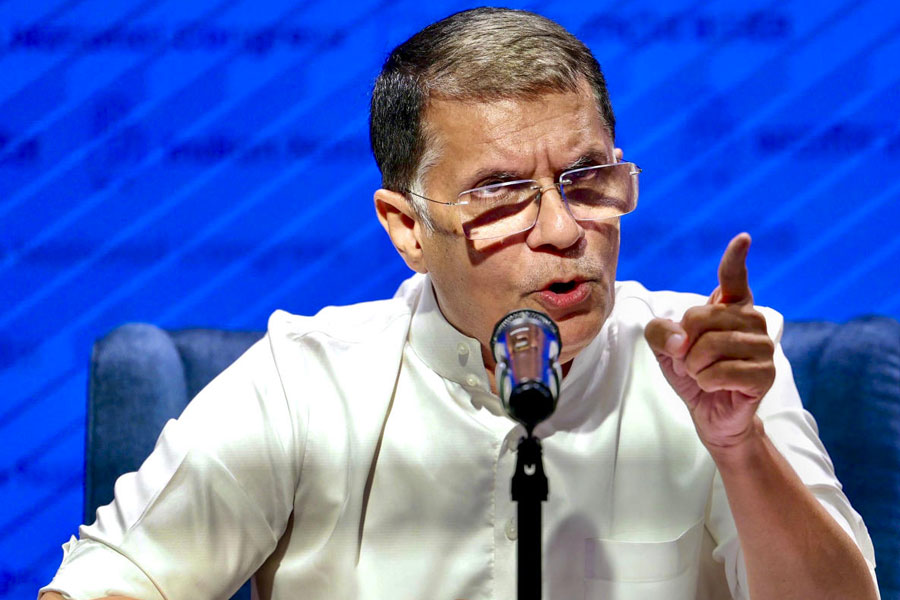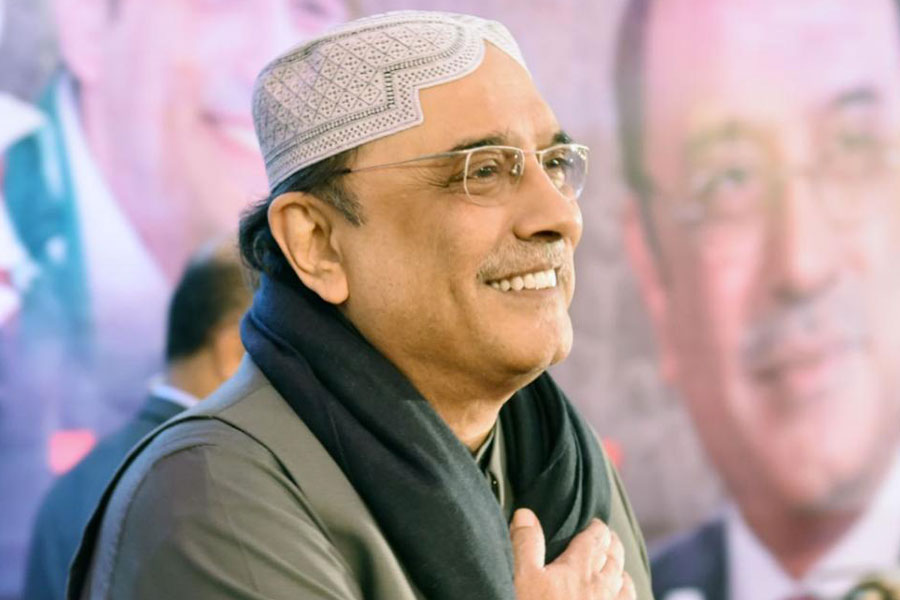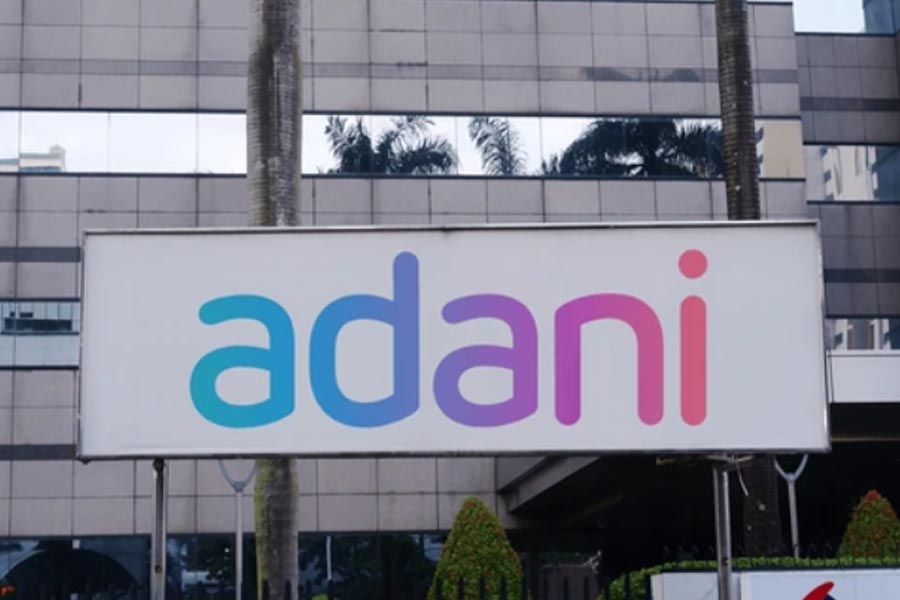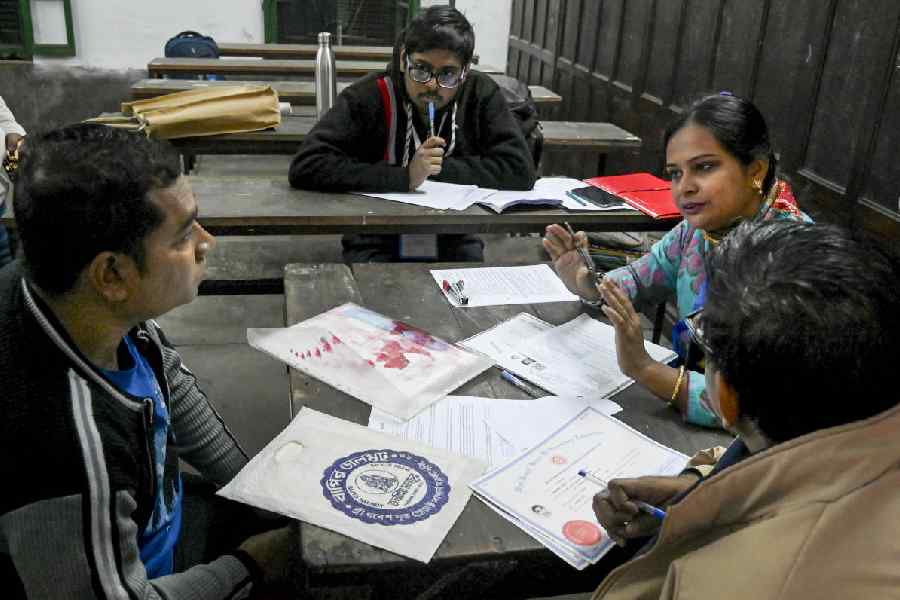It is now certain that the National Film Development Corporation of India will soon become a foster parent to or absorb the four other government-sponsored film-nurturing siblings — Films Division, National Film Archive of India, Directorate of Film Festivals and Children’s Film Society, India. Till recently, each of these four independent agencies was running the show to help promote better cinema in India. The present regime, however, found some abnormalities in their functioning. The high-powered Bimal Julka Committee was constituted by the Union ministry of information and broadcasting to diagnose the ailment and suggest corrective measures.
The committee is believed to have observed that in the last 10 years or so, all these units have turned into the proverbial white elephant, plagued with favouritism and corruption, and recommended a merger. The obligations after the merger are not clear yet.
The NFDC is a house of experimental cinema. The roots of such cinema can be traced back to Satyajit Ray’s Pather Panchali. The film was financed by the then West Bengal government in a first of its kind endeavour to promote independent cinema by a State agency. What Pather Panchali did for Indian cinema is history. In spite of the government funding Pather Panchali, Ray had complete freedom while making the film.
Except Films Division, which took formal shape in 1948, the other three entities came into existence within more or less 10 years of the release of Pather Panchali. During the non-Doordarshan days, Films Division used to be the sole agency to promote government schemes through cinema. Today, Films Division has moving images of all that has happened in India since Independence, including achievements and tragedies. For example, thanks to some documentary filmmakers who rushed to New Delhi from Mumbai to capture the oath-taking ceremony of independent India’s first prime minister, there is live footage of Jawaharlal Nehru’s ‘Tryst with destiny’ speech.
The CFSI produces cinema that young minds identify with. Till the late 1960s, it used to exhibit its 16mm films in the distant corners of the country using a portable projector. The screenings — no less than a festival — were free for all.
The NFAI was conceived to archive the history of Indian cinema. On January 8, 2003, a huge fire broke out in its nitrate vault at the Film and Television Institute of India campus. In less than two hours, 607 films in 5,097 reels had turned to ashes. These included silent films from the early era of the Indian film industry, some of which had been made by Dadasaheb Phalke and V. Shantaram. It was a huge blow but the NFAI carried on its work.
For years, the DFF organized the International Film Festival of India, a bi-annual international event in New Delhi. Film aficionados from India and abroad would attend the event. Its non-competitive version, Filmotsav, would travel every alternate year to other film-producing cities like Calcutta, Madras, Hyderabad and Bangalore. Since 2016, Panjim in Goa has served as the permanent venue for the film festival.
There is no denying the fact that an entire galaxy of acclaimed film-makers wouldn’t have survived in the absence of these institutions. These agencies will now be merged. What is missing is a coherent, collective voice asking about if not the logic behind the merger but at least what the future holds for State-sponsored cinema in India.
A nation’s cinematic history is of immense value. A section of the film fraternity is of the opinion that this treasure trove of cinematic history of the past is now at the crossroads. No one in these units has any idea what the script is going to be next.
Will it be preposterous to equate the motive behind the merger with the one that led to the snuffing out of the Eternal Flame at the India Gate? Or is this a well-designed scheme, an incursion into the independence of cinema and its aesthetics, albeit by the State?
Dinesh Lakhanpal is a Mumbai-based filmmaker











